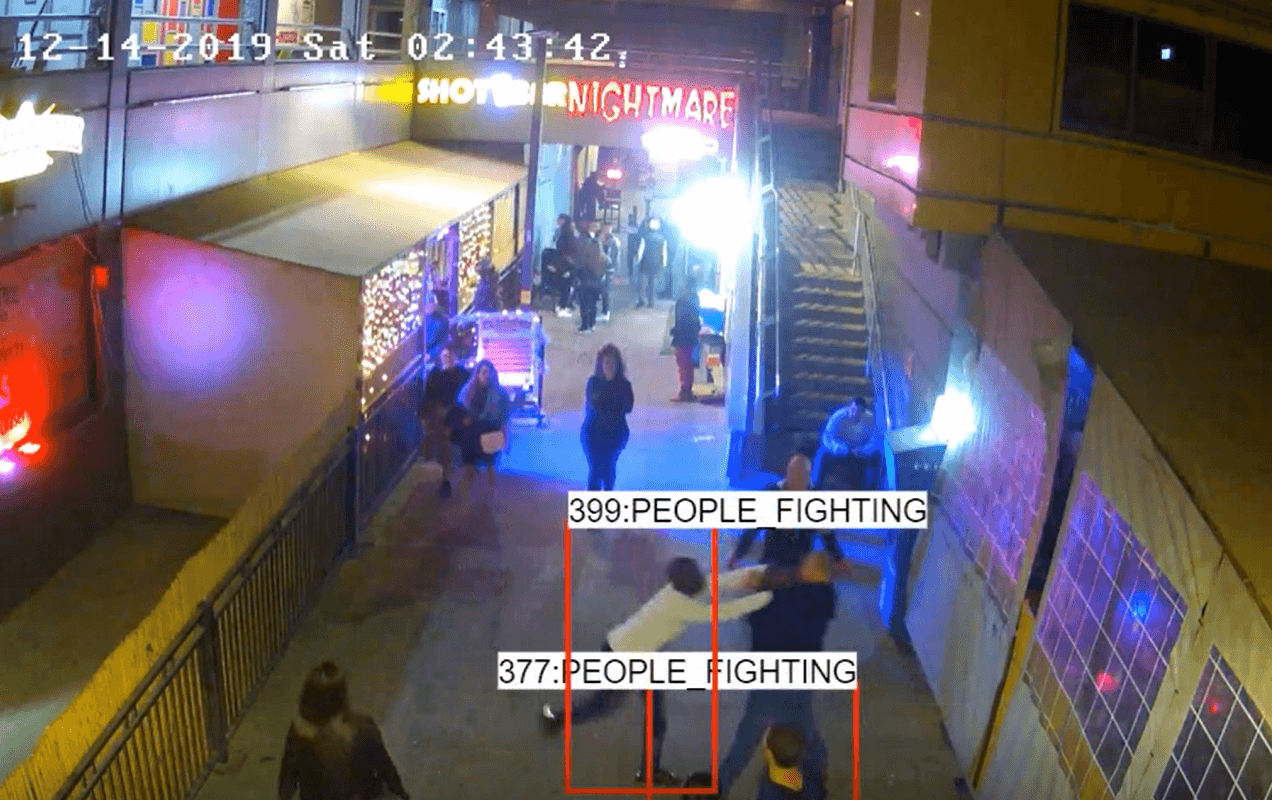September 30, 2021 12:17 pm

Making sure residents and visitors feel safe is fundamental for good quality of life and attracting tourists and economic development opportunities.
Major cities around the world are doubling down on action to improve safety. London’s mayor, for instance, recently set out what was said to be the biggest multi-agency plan for the city to date to tackle violence, while Atlanta plans to hire the city’s first Director of Violence Reduction.
Addressing complex issues such as knife crime, gun violence, gang issues and street harassment is complex and requires an integrated approach, encompassing community engagement, early intervention and enforcement.
One growing trend among these strategies is the use of advanced video analytics technology.
Eilat, the largest tourist city in Israel, is the first city to advance the government’s ‘City without Violence’ initiative. The municipality is using behavioural analytics technology integrated into the city’s extensive CCTV system, which includes over 300 cameras that are monitored at a central command and control centre.
Avinoam Nahari, Director of the Eilat’s Information Methods and Systems division and in charge of the project, said the solution enables the city to quickly and efficiently address “abnormal events” for the safety and security of residents and visitors.
Eli Lankri, Deputy and Acting Mayor of Eilat, commented: “As a city that ranks high in Israel’s smart cities index, we’re proud of this innovative system which will enable us to maintain the public’s safety and security.”
Getting ahead of trouble
In terms of violent crime, fast intervention is crucial to prevent serious injury and escalation, but this often relies on manual phone reports from the public.
Real-time video analytics applied to existing CCTV camera feeds can help public safety officers monitor more of the city and spot violence faster.
Older video analytics technology could result in false alarms – for example, flagging people hugging or dancing as fighting. Advances in technology and the use of behavioural analytics powered by artificial intelligence (AI) dramatically increase accuracy.
The latest behavioural analytics identify fighting as hands moving towards the other person, touching and then disengaging, with the action being repeated numerous times. These systems can also recognise differing fighting styles including kicking, punching or wrestling in both indoor and outdoor settings.
The action of a person stabbing another person can also be detected, even if the weapon isn’t visible. Further, advanced AI can be trained to recognise a person holding a weapon in a threatening position.
This information and context have the additional benefit of enabling security personnel to understand what they are dealing with before they reach the scene, so they can respond in the most appropriate and safe manner.
Wisdom about crowds
Large groups are common in cities. Most of these people are simply enjoying the city, such as walking to a football match or celebrating a night out. Occasionally, though, a gathering crowd can signal imminent violence or a potential riot.
A highly advanced behavioural recognition system can learn to recognise suspicious behaviour that can turn into violent action in a crowd, including analysing behavioural patterns to predict possible future behaviour.
For example, AI-based video analytics can trigger an alarm when a large number of people in a group begin to push one another or otherwise act aggressively for a specified period of time.
This software also recognises object and context to identify the likelihood of loitering with criminal or violent intent. Two people standing and talking near an ATM might be normal but a person hanging around there alone is more worrying and could require security personnel to monitor the situation more closely or intervene.
Before investing in a behavioural video analytics system for the long-term, it’s a good idea to run a short proof-of-concept to demonstrate how the solution could help the city reduce violence. A trial of four to six weeks using five to ten percent of the CCTV network is recommended.